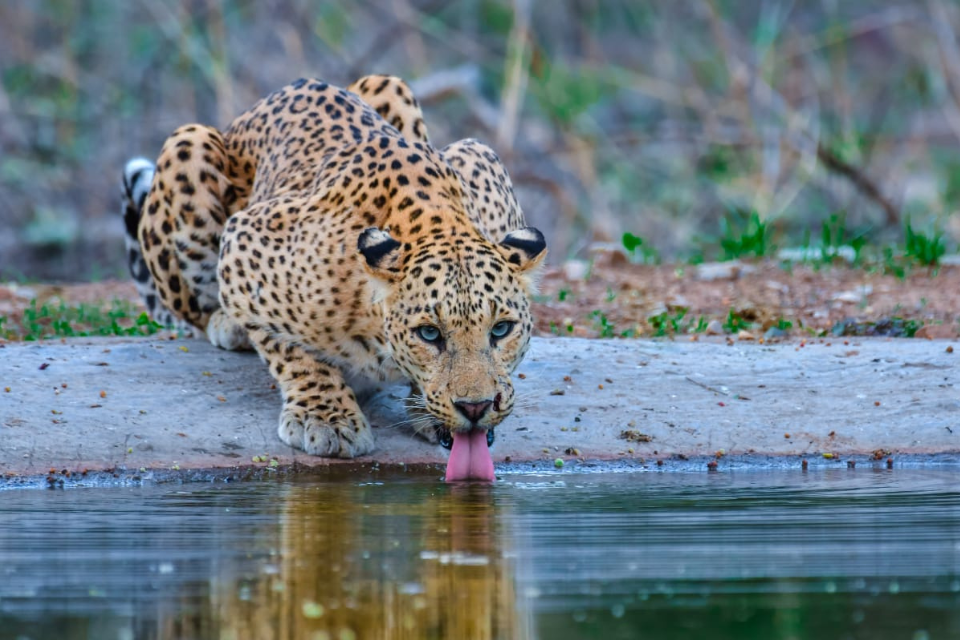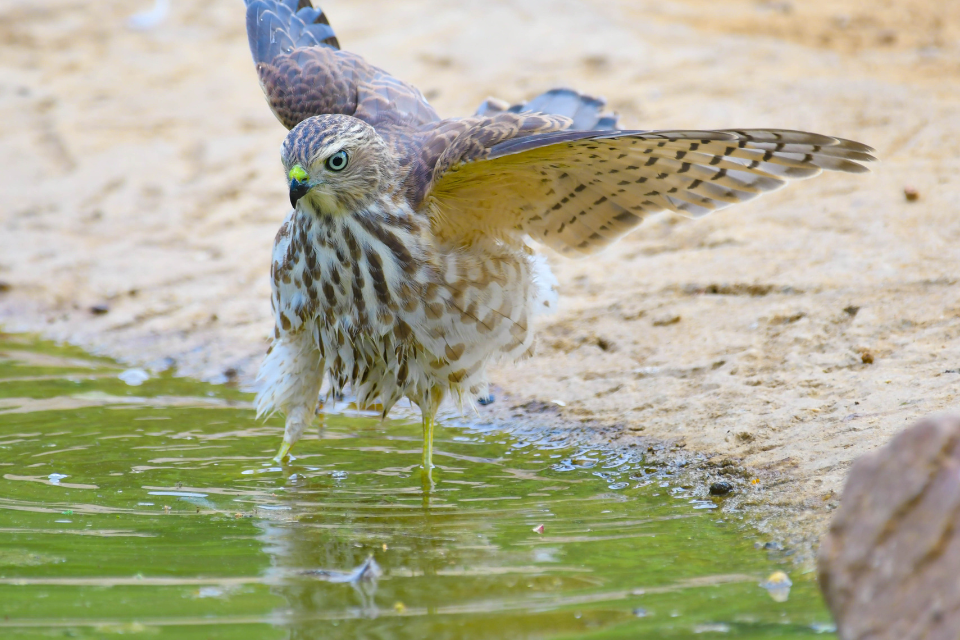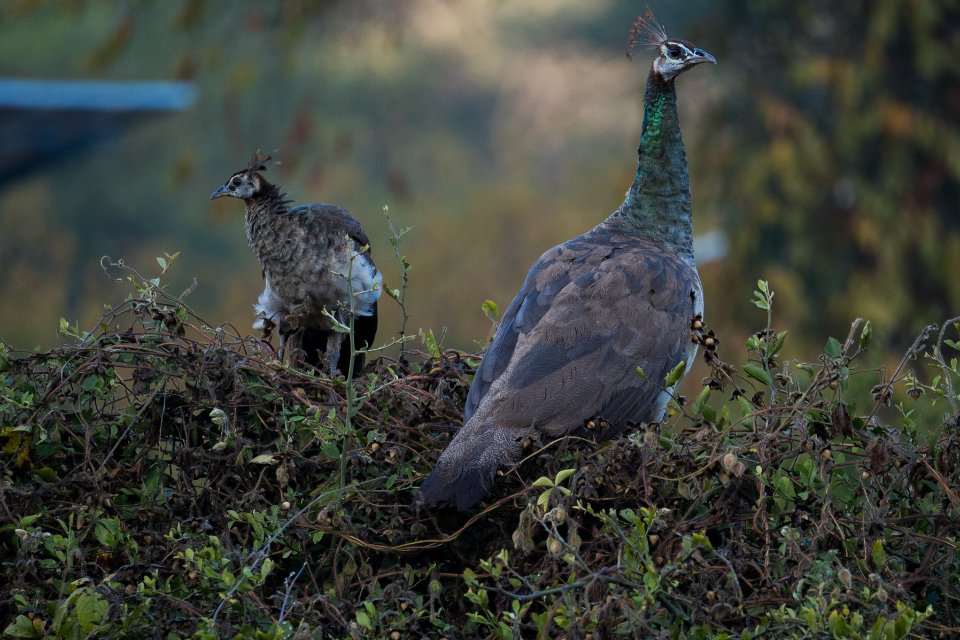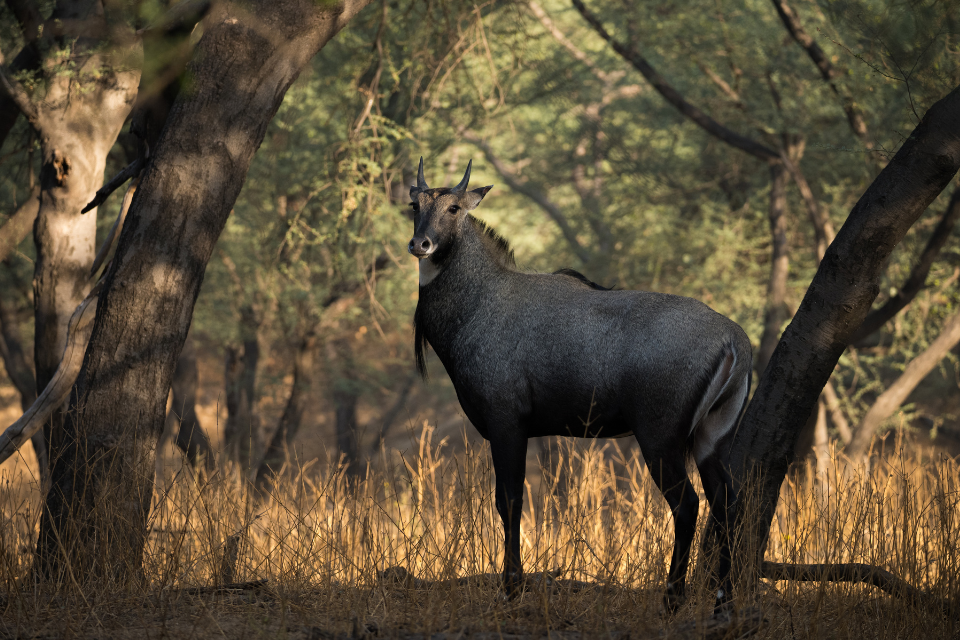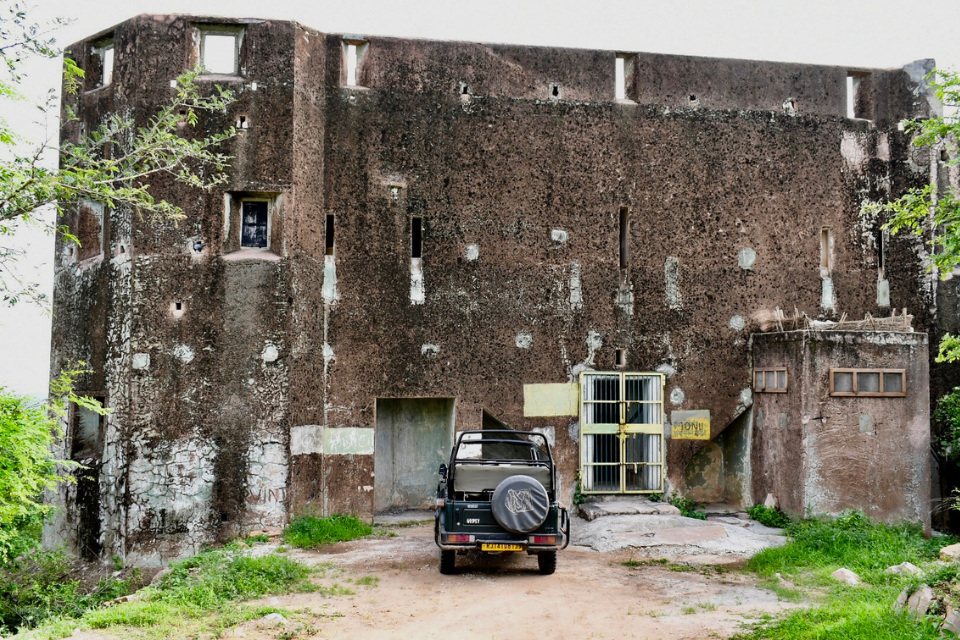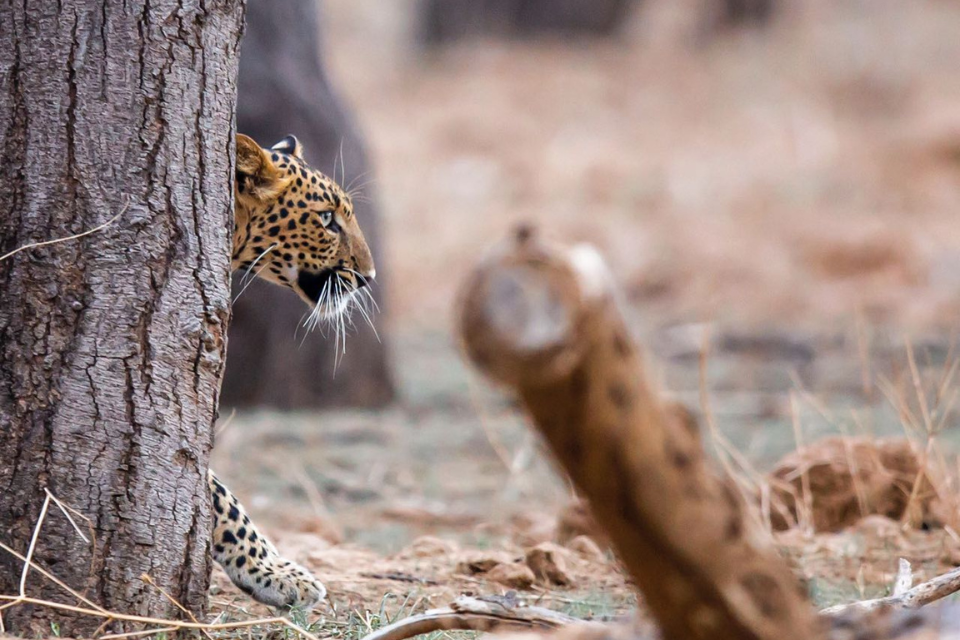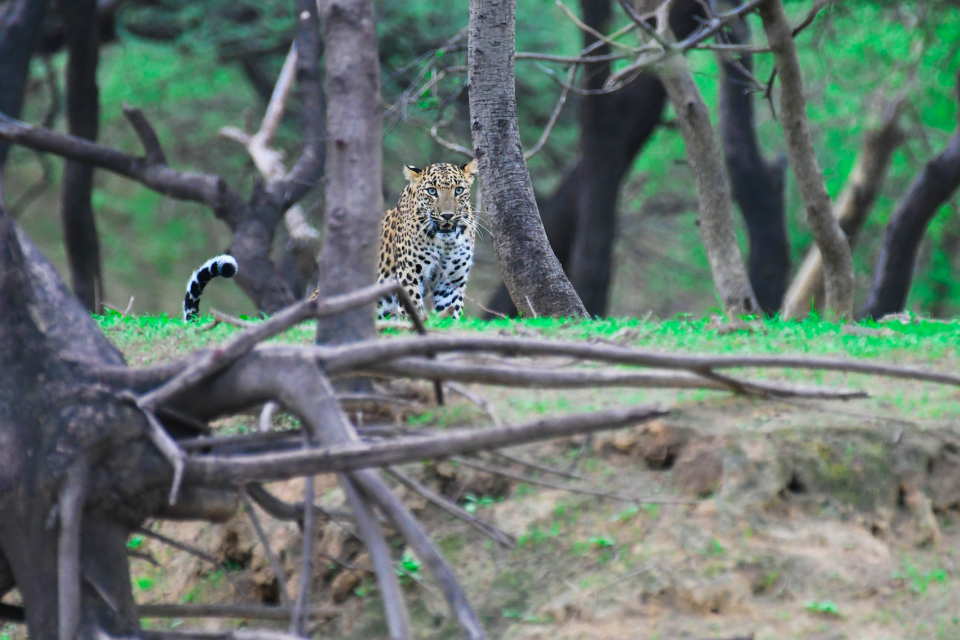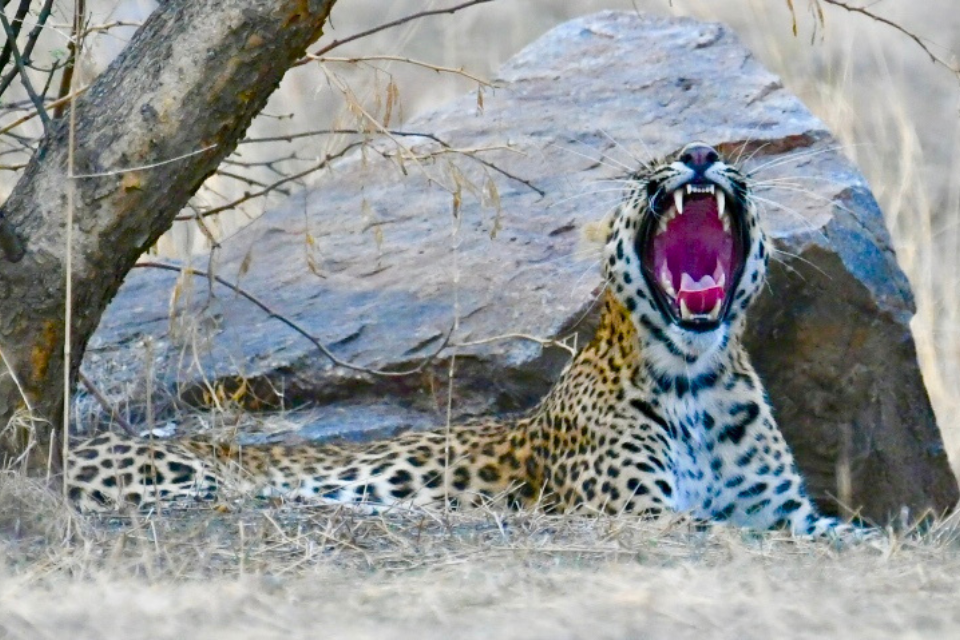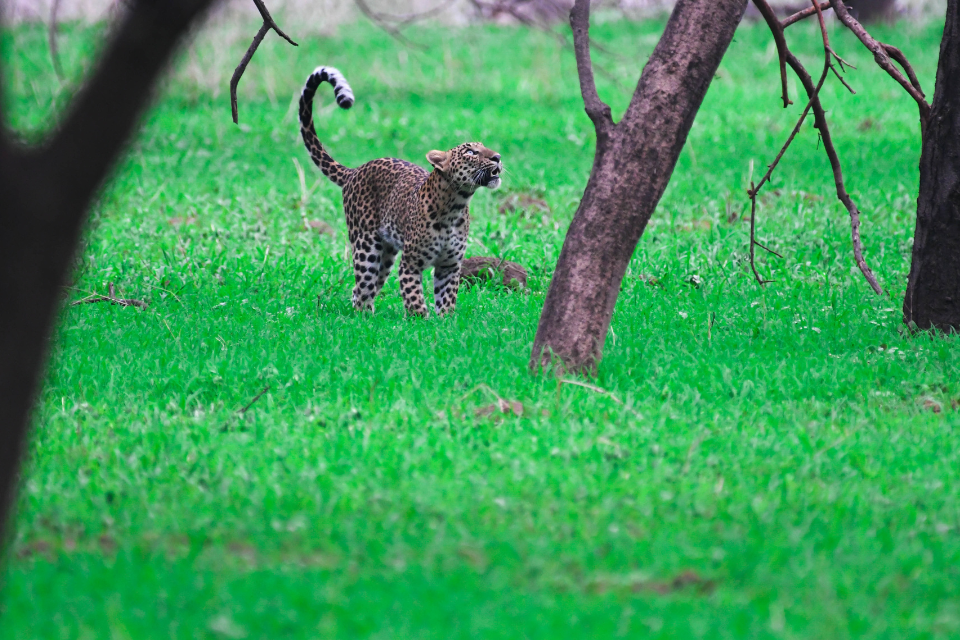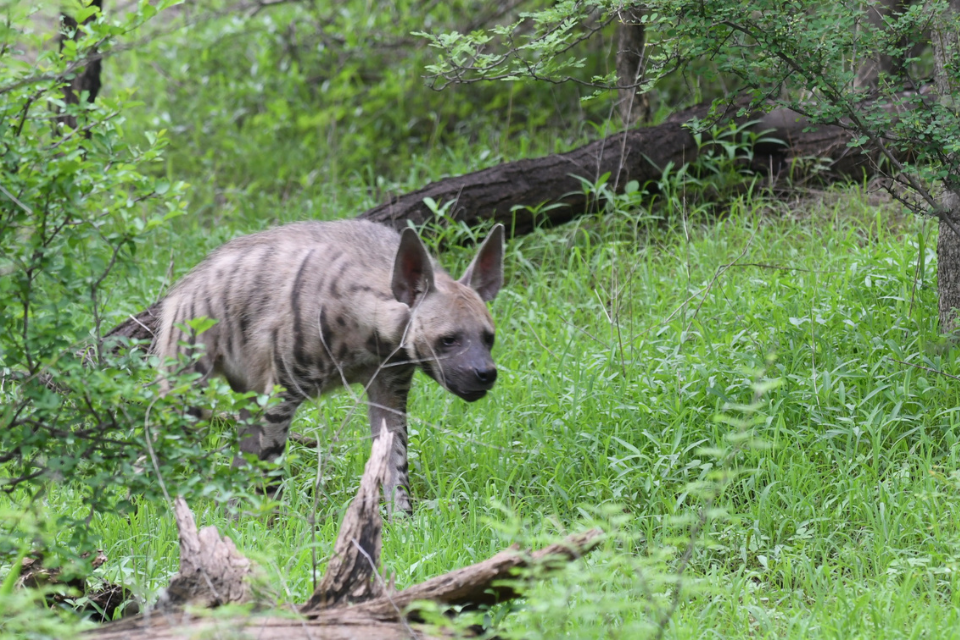- April 7, 2025
Rajasthan’s Urban Safaris: Jhalana, Nahargarh, and Beyond
When we think of wildlife safaris, we often imagine deep forests, vast grasslands, or remote national parks. However, Rajasthan has something unique to offer—Urban Safaris. These are wildlife experiences within or near major cities, where leopards, hyenas, and other wildlife coexist with human settlements.
Two of Rajasthan’s most famous urban safaris are Jhalana Leopard Safari in Jaipur and Nahargarh Biological Park, but there are more hidden gems waiting to be explored. If you love wildlife but don’t want to travel far from the city, these urban safaris are perfect for you!
Let’s explore Rajasthan’s best urban wildlife experiences, how they are helping conservation efforts, and what makes them so special.
- Jhalana Leopard Safari – India’s First Urban Leopard Reserve
📍 Location: Jaipur
📏 Total Area: 23 sq km
🐆 Main Species: Leopard, Striped Hyena, Desert Fox, Golden Jackal
🌿 Type of Habitat: Dry deciduous forests with rocky hills
Jhalana is India’s first leopard reserve located inside Jaipur city. Despite being so close to urban areas, Jhalana has one of the highest leopard densities in India, making it one of the best places to see leopards in the wild.
Why is Jhalana Special?
✔ One of the best places in India to see leopards during the day.
✔ 100% leopard sighting success rate on many safaris.
✔ Well-organized and eco-friendly tourism model.
✔ Easily accessible from Jaipur city (just 10 km from the center).
Other Wildlife at Jhalana
- Striped Hyena – A shy, nocturnal scavenger.
- Indian Palm Civet – A small, tree-dwelling carnivore.
- Desert Fox & Golden Jackal – Seen near open grasslands.
- Peacocks, Eagles, and Owls – Common birds in the reserve.
Safari Details for Jhalana
🚙 Jeep Safari: Available twice a day (morning & evening).
💰 Price: ₹1,300 – ₹3,000 per person (varies for Indians & foreigners).
📅 Best Time to Visit: October – April (cooler months for comfortable safaris).
🚨 Conservation Impact: Jhalana has helped change perceptions about leopards, proving that they can coexist with humans in urban environments if managed properly.
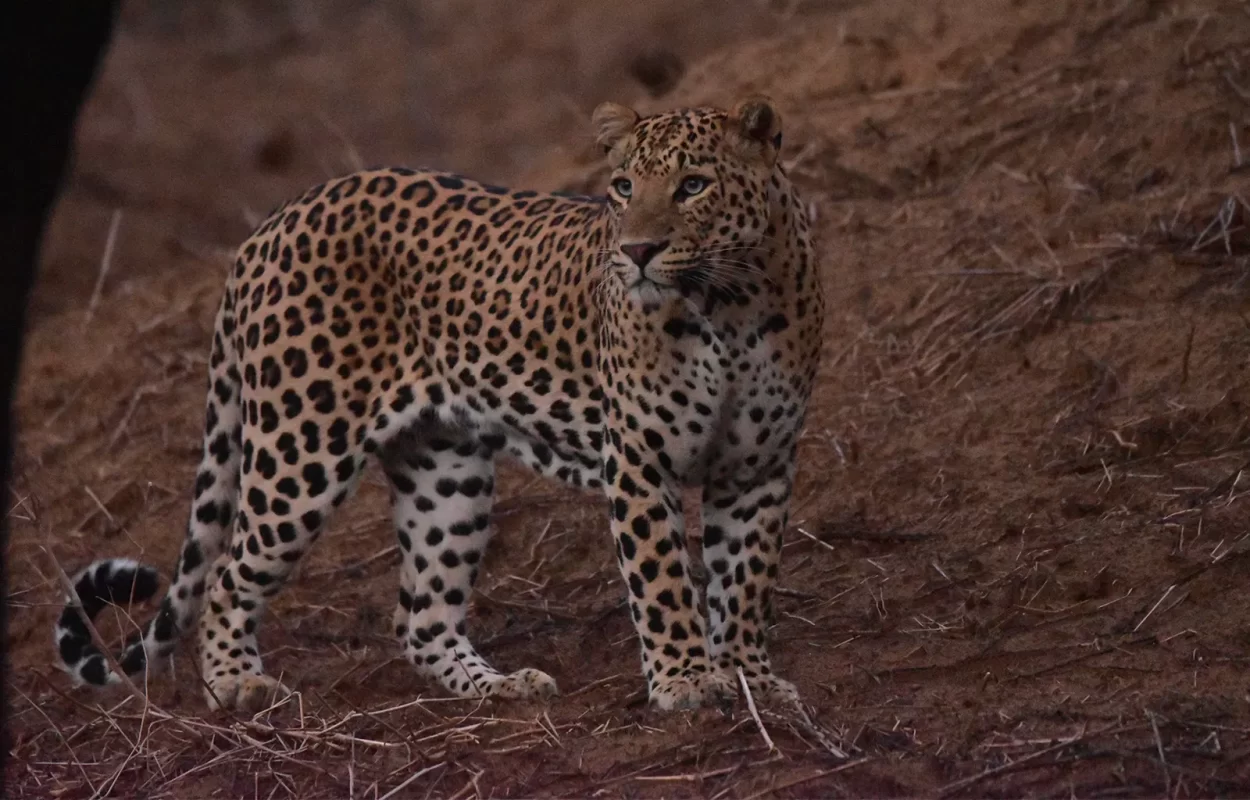
- Nahargarh Biological Park – The Wildlife Gem of Jaipur
📍 Location: Nahargarh, Jaipur
📏 Total Area: 720 sq km (part of Nahargarh Wildlife Sanctuary)
🦁 Main Species: Leopards, Asiatic Lions (captive), Sloth Bears, Himalayan Black Bears
🌿 Type of Habitat: Rocky hills, dry forests, and scrublands
Nahargarh Biological Park is part of the larger Nahargarh Wildlife Sanctuary, located within the Aravalli hills near Jaipur. While Jhalana is famous for wild leopards, Nahargarh is known for rescue and rehabilitation efforts for injured and orphaned wildlife.
Why Visit Nahargarh Biological Park?
✔ One of the few places in India where you can see Asiatic Lions (rescued individuals).
✔ A great place to see Himalayan Black Bears in Rajasthan.
✔ Large enclosures for animals that cannot be released back into the wild.
✔ A mix of wildlife conservation and eco-tourism.
Other Wildlife at Nahargarh
- Sloth Bears – Rescued from poaching and human conflict.
- Himalayan Black Bears – Rare in Rajasthan, but found in captivity here.
- Leopards – Found in both captivity and the surrounding forest areas.
- Spotted Deer & Nilgai – Common herbivores in the park.
Safari Details for Nahargarh
🚙 Eco-Van Safari: Available for visitors to see the park.
💰 Entry Fee: ₹50 – ₹300 per person (varies for Indian & foreign visitors).
📅 Best Time to Visit: Winter months (October – March) for comfortable sightseeing.
🚨 Conservation Impact: The park serves as a rehabilitation center for injured wildlife, especially rescued big cats and bears.
- Amagarh Leopard Reserve – Jaipur’s Newest Urban Safari
📍 Location: Jaipur
📏 Total Area: 30 sq km
🐆 Main Species: Leopards, Hyenas, Desert Foxes
🌿 Type of Habitat: Aravalli hills, rocky terrain
Amagarh Leopard Reserve is Jaipur’s newest wildlife attraction, located near Galta Ji temple. It was declared a protected leopard habitat in 2021 to expand conservation efforts beyond Jhalana.
Why Visit Amagarh?
✔ A new, less crowded alternative to Jhalana.
✔ Great for nature walks and leopard tracking.
✔ Less commercialized than Jhalana, offering a more raw experience.
🚨 Conservation Impact: Amagarh helps reduce pressure on Jhalana by giving leopards more space.
- Machia Biological Park – Jodhpur’s Urban Wildlife Hub
📍 Location: Jodhpur
📏 Total Area: 41 hectares
🦊 Main Species: Wolves, Desert Foxes, Nilgai, and Wild Cats
🌿 Type of Habitat: Dry scrubland and grasslands
Located on the outskirts of Jodhpur, Machia Biological Park is a lesser-known but important urban wildlife center. It houses rescued desert animals and serves as an educational center for local communities.
Why Visit Machia?
✔ Ideal for those interested in desert wildlife.
✔ Easy to explore with walking trails and viewing areas.
✔ A rehabilitation center for injured animals.
🚨 Conservation Impact: Machia plays a key role in educating visitors about desert ecology.
- Gajner Wildlife Sanctuary – Bikaner’s Hidden Safari Destination
📍 Location: Bikaner
📏 Total Area: 24 sq km
🦌 Main Species: Blackbuck, Chinkara, Wild Boar
🌿 Type of Habitat: Desert grasslands and thorny scrub
Gajner Wildlife Sanctuary is one of Rajasthan’s best places to see antelopes like Blackbucks and Chinkaras. Unlike tiger reserves, this sanctuary focuses on herbivores and desert-adapted animals.
Why Visit Gajner?
✔ Home to large herds of Blackbucks, which are endangered in India.
✔ A peaceful, offbeat safari experience.
✔ Perfect for wildlife photographers and birdwatchers.
🚨 Conservation Impact: Gajner helps protect Rajasthan’s endangered desert species.
Conclusion: Why Rajasthan’s Urban Safaris Are Special
Rajasthan’s urban safaris offer a unique opportunity to experience wildlife without traveling far. From leopards in Jhalana to rescued Asiatic lions in Nahargarh, these safaris show how cities and wildlife can coexist.
Top 5 Reasons to Visit Rajasthan’s Urban Safaris
✔ Easily accessible from major cities like Jaipur, Jodhpur, and Bikaner.
✔ Great for quick wildlife experiences without long travel.
✔ Support conservation efforts by funding rescue and rehabilitation.
✔ Best places to see leopards up close in their natural habitat.
✔ A mix of wild safaris and eco-tourism attractions.
If you’re visiting Rajasthan and love wildlife, don’t miss these amazing urban safaris! 🌿🐆🚙
🌍 Which urban safari do you want to visit first?
Disclaimer All images used in this blog are either sourced from public domain or credited to their respective owners. If you are the copyright holder of any image and wish to request its removal or proper attribution, please contact us at [email protected]



